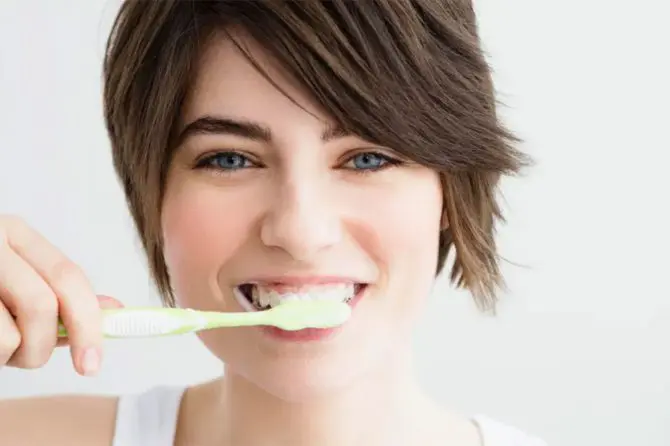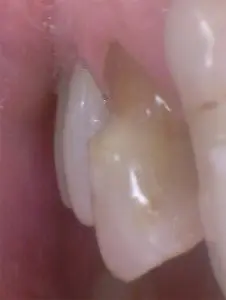
4 important facts about brushing your teeth
Being a dentist for 15 years, I often hear this from my new patients after I explain to them how to brush their teeth: ‘ I have been brushing wrong all my life and was never shown how to do it correctly!’
When it comes to brushing teeth, there are four factors to consider:
- The type of toothbrush you use
- The way you brush your teeth
- When you brush your teeth
- The type of toothpaste you use
1. Toothbrush type
Many different types of toothbrush are available these days. Weather it is the latest model of an electric toothbrush or an eco-friendly bamboo brush, one factor is of overriding importance: use a soft brush. An abrasive brush can do much more harm than good to your teeth. Vigorous brushing and scrubbing with a hard brush combined with incorrect technique can lead to significant sensitivity and loss of tooth structure. Below is a typical defect caused by use of a hard toothbrush and incorrect technique.
I am often asked if an electric toothbrush is better than a manual brush. The answer is that there is really no difference as long as correct brushing technique is used. An electric toothbrush can be particularly beneficial if any limited dexterity is present.
2. How to brush the teeth
Many different brushing techniques have been suggested and studied by dentists and researchers.
One proven technique is to place the brush at an angle of 45 degrees against the teeth and gently start from the gum and brush towards the edge of the teeth in circular motion.
It is important to brush all surfaces of the teeth: inside, outside and chewing surfaces of both upper and lower teeth.
As a rule of thumb, a good brushing should take 2–3 minutes.
Apply gentle force when brushing. Avoid scrubbing your teeth, as this can remove enamel and irritate the gums, resulting in gum recession and loss of tooth structure.
If using an electric toothbrush all you need to do is to hold it on each tooth surface for 2–3 seconds. Make sure to gently brush your tongue at the end, and don’t rinse your mouth, as some residue of toothpaste is beneficial for your teeth. Below is a short video from the Australia Dental Association to help understand this technique better.
3. When to brush your teeth
Brushing at least twice a day – in the morning and at night before bed – is best. Brushing at night is particularly important as the rate of dental decay is much higher at night. As discussed in past posts, the main reason for dental decay is the bacteria in dental plaque, which, in the presence of food particles, produce acid and cause cavities.
During the day we have two natural defences against tooth decay.
The first is our tongue, which constantly moves and cleans our mouth and teeth, removing remaining food particles and plaque.
The second is our saliva, which constantly rinses our mouth and is also antibacterial in nature. At night the movement of the tongue is limited and saliva production is significantly reduced, creating an ideal environment for bacteria to cause decay and cavities our teeth. So the bottom line is to make sure to brush really well at night.
4. Toothpaste
The most important factor about a toothpaste is the presence of fluoride. Over the course of time, fluoride slowly gets absorbed into the teeth, making them significantly stronger against tooth decay. However, as a helper to clean your teeth, toothpaste plays a much less significant role than brushing technique. Avoid abrasive toothpastes like Charcoal toothpastes that can remove your tooth structure.
So, next time you brush your teeth, focus on the points above. Take your time and make sure you have reached all teeth surfaces. More importantly, use the correct technique and a soft brush to avoid any damage to your teeth and gums.
Keep brushing!
Dr Omid Salar
Principal Dentist – Trusted Dental


